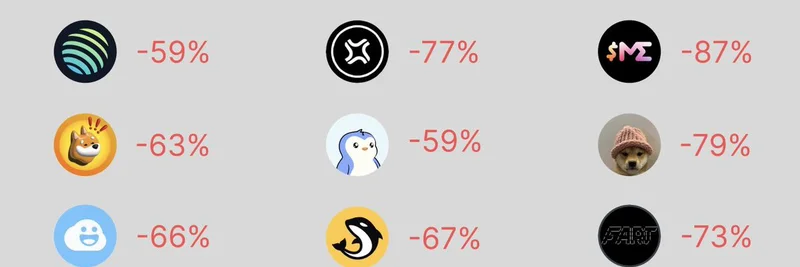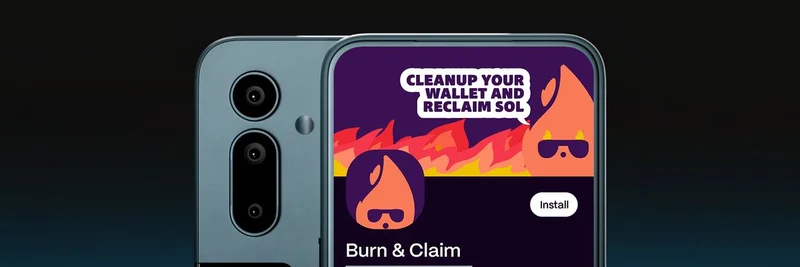In the fast-paced world of Solana, where meme tokens like those inspired by viral trends dominate the scene, developers are constantly pushing boundaries. But recently, a major shift has been causing headaches: the migration from the tried-and-true @solana/web3.js library to the newer @solana/kit. This transition is essential for keeping up with Solana's evolving ecosystem, but it's breaking dApps left and right. Developers face a tough choice—rewrite everything or stick with outdated code.
Enter Hermis v2, a game-changing tool that's stepping in to make this process painless. As shared in a recent thread on X by the Hermis team (view the full thread here), this update is all about compatibility and ease. Hermis, backed by the Solana Foundation, is designed as a supercharged headless wallet management and integration tool. Think of it as your behind-the-scenes hero for handling wallets in Solana apps without the usual fuss.
Why This Migration Matters for Meme Token Creators
For those building on Solana—especially in the meme token space where speed and simplicity are key—the web3.js to Kit shift isn't just technical jargon. Web3.js is the older JavaScript library for interacting with the Solana blockchain, handling things like transactions and wallet connections. Kit, on the other hand, is the modern upgrade, promising better performance and features. But not all wallets support Kit yet, leading to compatibility issues that can crash your dApp.
Hermis v2 solves this with a dual-architecture approach. It automatically detects which system your wallet uses and handles transactions accordingly. No need to overhaul your codebase. Whether you're signing transactions or building new ones, it works seamlessly for both. This is huge for meme token projects, where quick launches and minimal downtime can make or break a viral pump.
Key Features That Stand Out
The thread breaks down some standout features that make Hermis v2 a must-have:
Auto-Detection and Compatibility: It spots whether you're on web3.js or Kit and adjusts on the fly. Your existing signTransaction() calls? They keep working without changes.
Transaction Building Tools: Functions like createKitTransaction ensure your transactions have the right fee payers and lifetimes, while createTransactionSigner generates Kit-compatible signers.
Framework Flexibility: Whether you're using React, Vue, or plain JavaScript, the core is agnostic, making it easy to integrate into any setup.
Error Handling Done Right: Instead of vague error messages, you get actionable insights to fix issues fast.
Additional Perks: Auto wallet detection via Wallet Standard, transaction lifecycle hooks, network auto-detection, support for the Anchor framework, and full type safety. It's built to be production-ready, which is perfect for the high-stakes world of meme tokens where every second counts.
And the best part? It's 100% backward compatible, so your legacy web3.js code runs unchanged while you gradually migrate.
Getting Started with Hermis v2
If you're ready to dive in, the beta packages are available on npm. For React users, check out @hermis/solana-headless-react v2.0.0-beta.0. For a more general approach, grab @hermis/solana-headless-adapter-base v2.0.0-beta.0.
The team has also put together comprehensive docs at docs.hermis.io, complete with guides, API references, and examples to get you up and running.
What This Means for the Solana Meme Ecosystem
At Meme Insider, we're all about equipping blockchain enthusiasts with the tools to thrive. Hermis v2 isn't just a technical fix—it's a boost for innovation in meme tokens. By removing migration barriers, it lets developers focus on what matters: creating engaging, fun, and profitable projects on Solana. If you're tinkering with a new meme coin dApp or scaling an existing one, this could be the upgrade you've been waiting for.
Keep an eye on Hermis as they continue to evolve. In the meantime, if you've got thoughts on this transition or other Solana tools, drop them in the comments below. Let's keep the conversation going!


